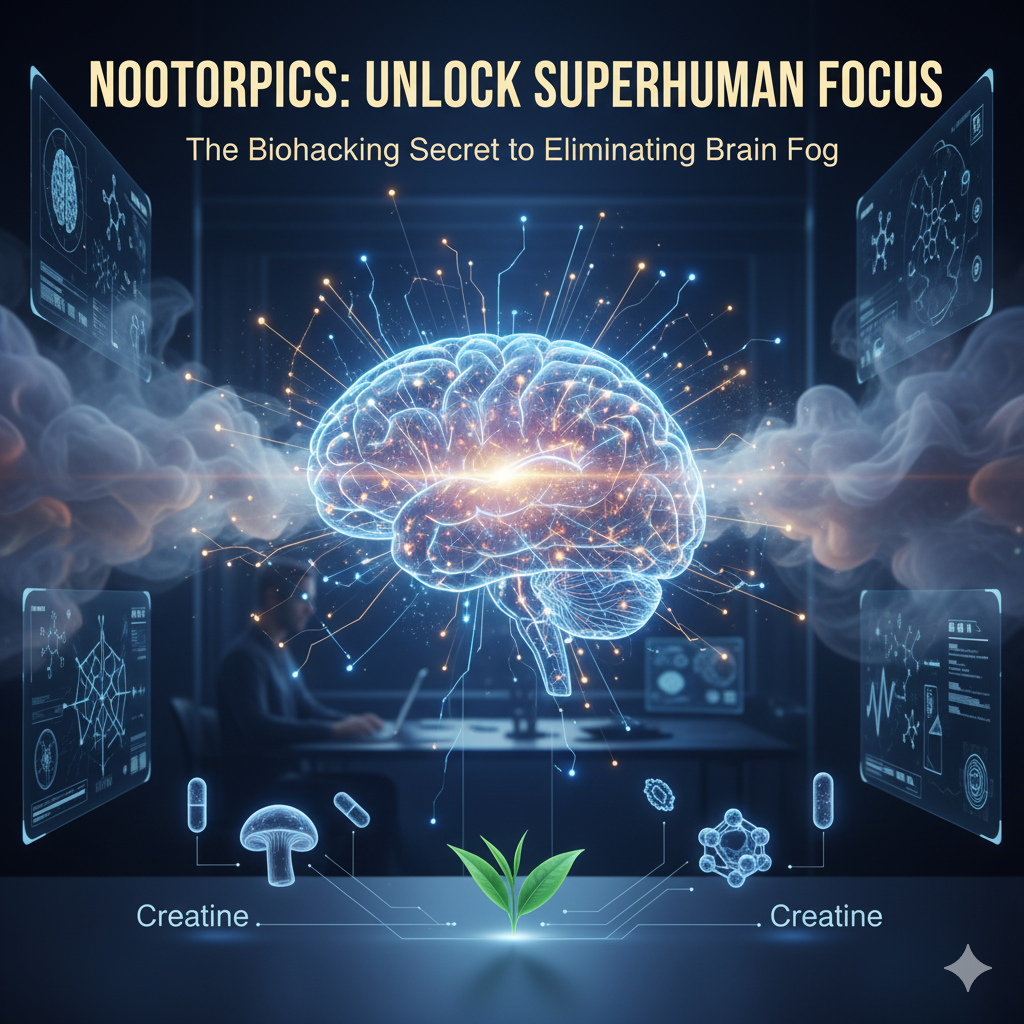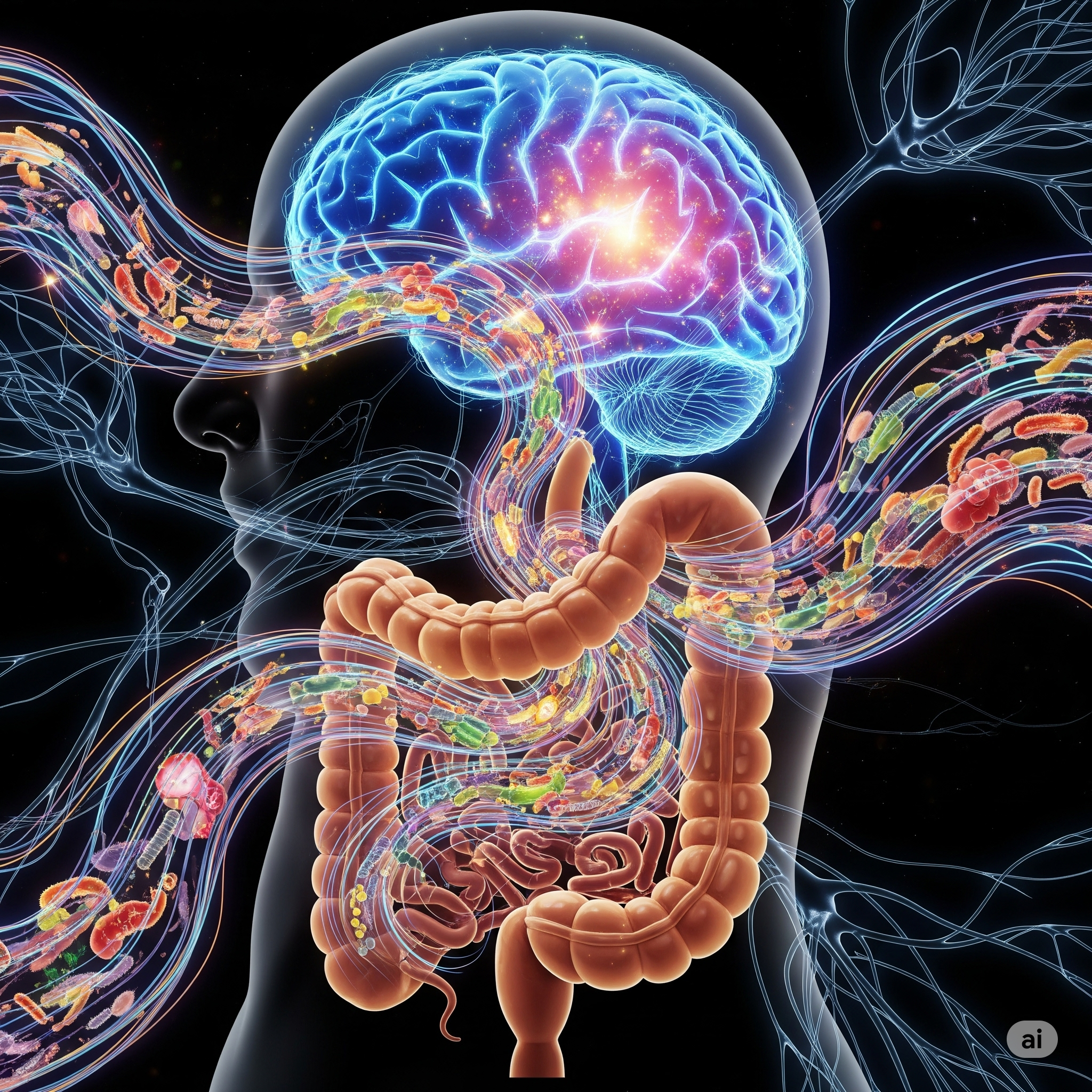Introduction
Pain is one of the most universal human experiences. From the physical to the emotional, from the chronic to the acute, pain shapes our lives in profound ways. But what exactly is pain? Is it merely a signal from the body to the brain, or is it a deeper, more existential condition tied to our consciousness, our beliefs, and even our culture?
In this article, we will explore pain through three distinct lenses: medical science, philosophy, and the arts. By weaving together insights from neurology, ethics, and visual expression, we aim to understand why we feel pain—and why that question matters.
Section I: The Medical Understanding of Pain
What Is Pain?
Medically, pain is defined as “an unpleasant sensory and emotional experience associated with, or resembling that associated with, actual or potential tissue damage.” This definition by the International Association for the Study of Pain (IASP) emphasizes both the physical and emotional components of pain.
There are two main categories of pain:
- Nociceptive pain: caused by tissue injury (e.g., a cut or burn).
- Neuropathic pain: caused by damage to the nervous system itself (e.g., sciatica or diabetic neuropathy).
How Does Pain Work in the Brain?
Pain perception begins with nociceptors—specialized neurons that detect harmful stimuli and send signals through the spinal cord to the brain. Once the brain receives these signals, it processes them in areas like the somatosensory cortex, limbic system, and prefrontal cortex, determining not only how much something hurts but how much we care that it hurts.
Interestingly, pain can exist without physical injury, as in the case of phantom limb syndrome or somatoform disorders. Conversely, physical injury can exist without pain, especially under extreme stress (e.g., soldiers in battle).
Modern Pain Management
Medical science offers a wide range of pain management strategies:
- Pharmacological: NSAIDs, opioids, antidepressants, anticonvulsants.
- Procedural: nerve blocks, epidurals, spinal cord stimulation.
- Behavioral: cognitive-behavioral therapy (CBT), mindfulness, physical therapy.
The opioid epidemic, however, has forced a global reevaluation of how we approach chronic pain, pushing for more integrative and non-pharmacologic methods.
Section II: The Philosophy of Pain
Is Pain a Real Experience or a Construct?
Philosophers have long debated the nature of pain. René Descartes, in the 17th century, proposed a dualist model of body and mind—pain, in his view, was a mechanical signal from the body processed by a separate rational soul.
But this view has been increasingly challenged. Phenomenologists like Maurice Merleau-Ponty argued that pain is not merely a mechanical input but a deeply embodied experience—something that affects how we inhabit the world.
The Ethics of Suffering
Pain also raises ethical questions. Should all pain be relieved? Can pain be meaningful? Friedrich Nietzsche wrote that “to live is to suffer,” suggesting that pain is not only unavoidable but essential to personal growth.
In medicine, these philosophical reflections inform critical debates—particularly in palliative care, where the goal may shift from curing to comforting.
Pain as a Mirror of Consciousness
Contemporary discussions in the philosophy of mind also raise the “hard problem” of consciousness: How can physical processes produce subjective experiences like pain?
This question becomes even more complex when considering artificial intelligence or animals. Do they feel pain? And if so, what does that mean for how we treat them?
Section III: Pain in Art and Culture
Visualizing Pain
Art has long been a medium for expressing suffering. Consider:
- Frida Kahlo, whose self-portraits depicted her chronic pain following a bus accident and numerous surgeries.
- Edvard Munch, whose painting The Scream has become a universal symbol of existential anguish.
- Vincent van Gogh, who battled mental illness and expressed his turmoil through turbulent skies and intense colors.
These works resonate because they speak to the inner landscape of pain—a place often inaccessible through language alone.
Music, Literature, and Film
Pain is also a dominant theme in literature (e.g., Dostoevsky’s Notes from Underground), music (e.g., Beethoven’s late string quartets), and film (e.g., Amour by Michael Haneke). These works remind us that pain is not just a clinical problem but a shared human story.
Conclusion: Why Understanding Pain Matters
Pain is more than a neurological reflex. It is a philosophical challenge, a medical frontier, and a creative wellspring. It teaches us about the fragility of the human body, the resilience of the mind, and the profound capacity of art to communicate what words cannot.
By looking at pain not just as a symptom but as a multi-dimensional experience, we deepen our empathy—for patients, for ourselves, and for the vast spectrum of beings that suffer and strive.
Frequently Asked Questions (FAQ)
What is the difference between physical and emotional pain?
Physical pain involves nociceptors and tissue damage, while emotional pain is mediated by brain regions like the limbic system and often overlaps with social or psychological distress.
Can art help in pain management?
Yes. Art therapy, music therapy, and narrative medicine are all evidence-based approaches that help patients process and cope with chronic pain.
Is all pain bad?
Not necessarily. Acute pain serves a protective role. Chronic pain, however, often becomes maladaptive. Philosophically, some argue that pain can offer insight, growth, or meaning.


